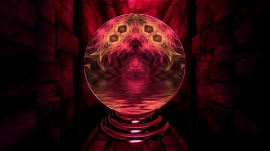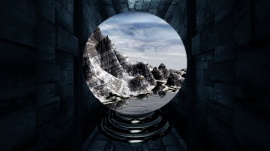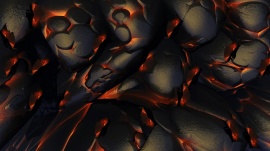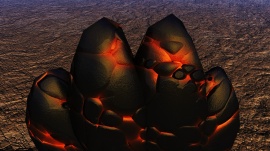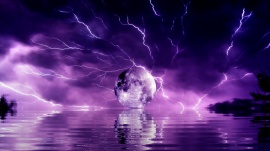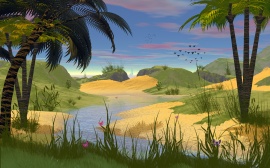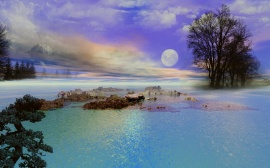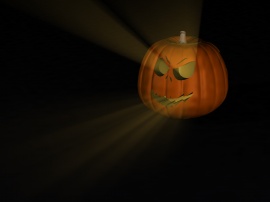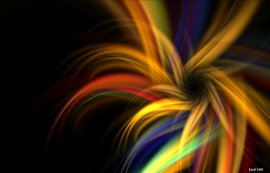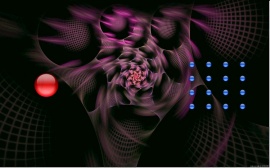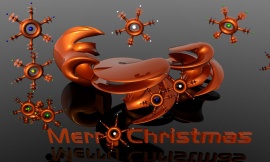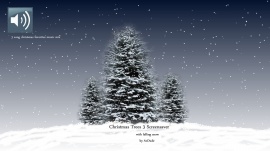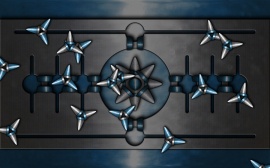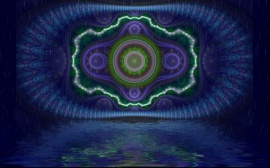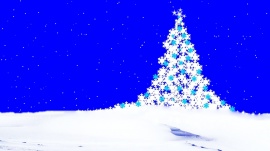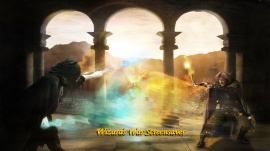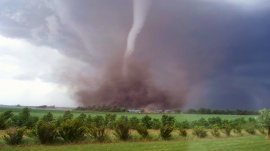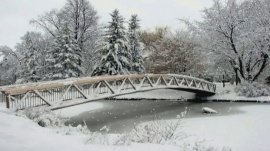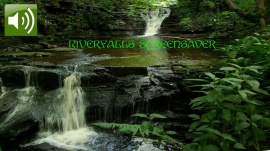Screen Savers
Screen savers are originally meant to prevent old monitor and display types from not getting irregular wear out patterns by consistantly showing the same image during long idle phases which burned things into it permanently, also to save power in laptops energy fueled by some battery type.
The typical .scr, resident nowadays in windows system32 folder, in older OS versions often just in the WINDOWS folder itself, can be activated/switched off and adjusted from right clicking your desktop which brings up the properties tab, there go MONITOR and set it to how long idle time should be before a nice animated image comes up until you a press a key or move mouse to go back to what you were doing instead...
Meanwhile, although modern displays would not need this saving effect necessarily, it turns out these additional animations are POPULAR and can also be called up with a shortcut as standalone applications doing more than just screensaving. They support interactive flash shows, voice overs, images in many formats, writing, html, and allow for animations and thus can be used for demonstrations or entertainment even if never set as an automatic screensaver.
While running virus scans, defragmenting or performing crucial other things like de- and reinstalls - do disable ALL screensavers which is easy from properties panel. If Object Dock or other full screen interfering apps like Adobe pdf in full view mode are active, this might also effect what happens with the saver or vice versa. Screensavers are meant for either to be in full focus or in background but not while something else big is performed at the same time. Enjoy!
Main Categories:
Browse Subcategories:
- .parasite RunBox/URL Launcher
- 3DS Max Scenes
- AltDesk
- Alteros 3D
- AltioLive
- argus
- AvePreview
- BeOS
- BoxCard
- Caller Eyedee
- Calmira
- Candy Clock
- CarbonAlarm
- CarbonCap
- CarbonNotes
- Chameleon Clock
- ClockPlayer
- CloneCD
- Codename 2
- Consolable
- Console
- Cool Desk
- Cool mouse
- DAYA
- DeskCommand
- DragonDrop
- Drill
- DVWM
- Easypad
- eLol
- Fire Burner
- FiveClock
- FunkyFX
- GameSpy Arcade
- GetSmart
- hats
- Headline News
- JokeBox
- L-ement
- Lama
- LexEyes
- MemoryPad
- Mouse Tracks
- ObjectDock
- Orion
- PalmOs Emulator
- Pluser
- qRool
- Quick Launch
- QuickWall
- Rainlendar
- RotoBlox
- Salad bar
- SClock
- Screen Savers
- Skinbase Site Suite
- Skinner
- SkinPad
- SKINuler
- Snowball
- T-Shirts
- Verve
- VirtuaWin
- Voice Clock
- Windows XP Logos
- WinTV
- Y's Dock
- Y.A.w.N
- YerTV
- Zoomer
- ZX Spectrum Emulator

